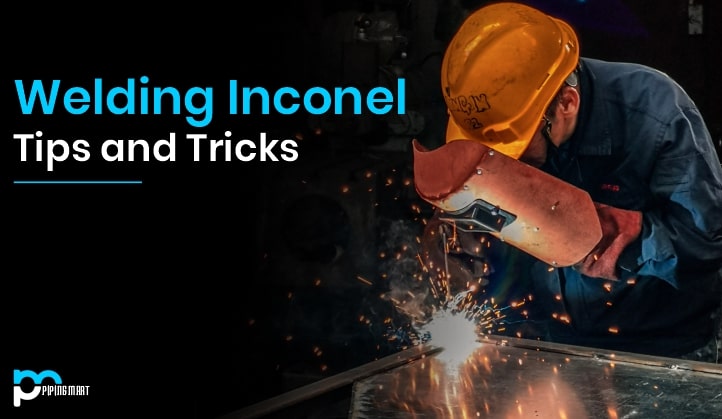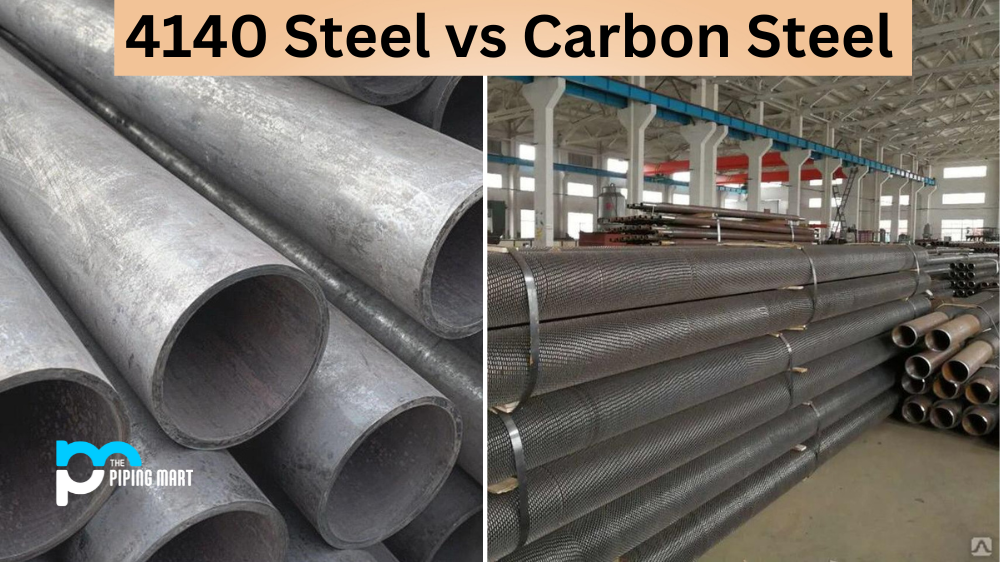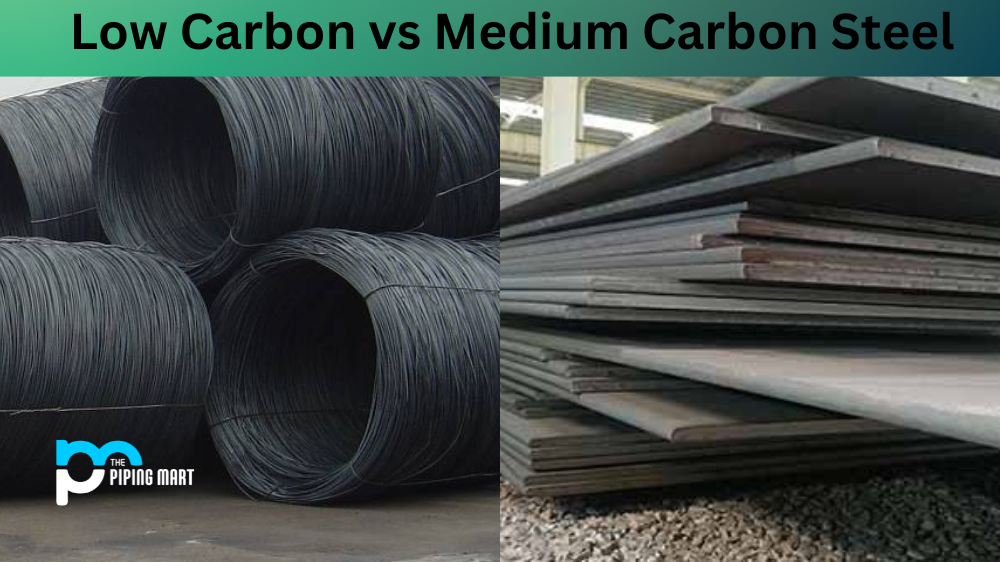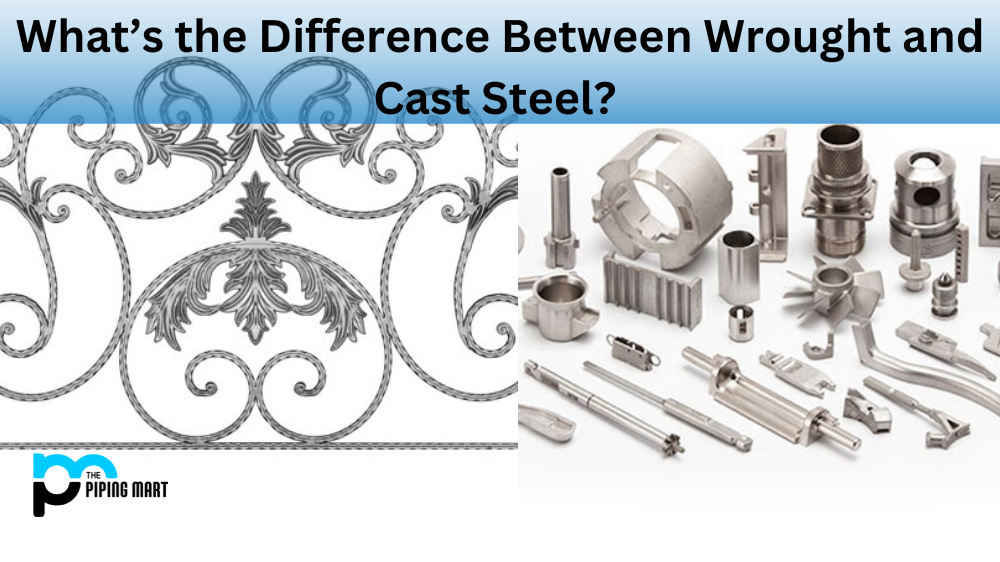Inconel is a highly resistant alloy that performs very well in extreme environments. Inconel is a registered trademark of the family of Special Metals. They are registered as a Super alloys that are austenitic nickel-chromium-based.
Inconel alloys maintain a high level of tensile strength even at melting or burning temperatures of many other metals. Welding is the process of joining separate metal parts, often by heating them up to the melting points in order to fuse. Inconel produces a dense, stable, passive oxide layer when heated to shield the surface from further attack. Inconel maintains strength over a broad temperature range, desirable for high temperature applications where due to thermally induced crystal vacancies, aluminum and steel will succumb to the crawl.
INCONEL alloy’s excellent and flexible corrosion resistance under such a large range of temperatures and pressures is a primary reason for its strong adoption in the field of chemical processing Inconel alloys are components that are oxidation- that corrosion-resistant and are well designed for use in extreme environments under high pressure and kinetic energy. Inconel produces a dense and durable passivating oxide layer when heated that protects the surface from further attack.
Applications of Inconel Alloy
The Inconel alloys are corrosion-resistant superalloys that are commonly used in extreme environments where the quality of the end product is key despite immense heat and corrosion resistance. These Inconel super alloys are widely used by chemical processing, the nuclear, petrochemical, aerospace and marine industries. Inconel alloys can be used for a wide variety of applications, including seawater applications, owing to all these characteristics.
The applications of Inconel are found in industries such as
-Nuclear reactors
-Flare stacks on offshore oil platforms
-Components which require exposure to high mechanical stress and seawater
-Pollution control equipment
Welding of Inconel
Tip 1: Use an Automated Welding System for Inconel
Completing welds manually by hand is an incongruous operation, at best. Several welds could be sloppy as the welder slips into the flow while the next few are the fastest and most welds struggle because of the fatigue of the welder he / she allows the same motions over and over.
The Use of Inconel an Automated Welding System results in benefits such as increase in Consistency, Safety and quality of the final products. Instead of having a person carrying the Inconel welding rod and arc welder, they could easily set up a robot as if he were supervising the dangerous work.
Tip 2: Use of the Tungsten Inert Gas, (TIG)
Many expert welders recommend using a filler material added to the TIG welding process. Even if this electrical arc welding method does not generally require something like a filler material, Inconel welding is advised due to how challenging it is to connect two parts of the metal without breaking them.
Because most Inconel alloys have an extremely high melting point, joining two Inconel work pieces directly (especially larger ones) is often impractical. Instead, the best way to weld Inconel alloys is often to use a welding process which combines high temperatures with a filler material.
Tip 3: Inconel 625 is a reliable Filer Material.
Using a metal too dissimilar to the joined metals can cause problems such as bimetallic corrosion or differential thermal expansion when exposed to high temperatures. After all, if the welds joining his pieces fall apart during your heat treat process, it won’t do you much good to get a “heatproof” Inconel basket.

Pipingmart is B2B portal specializes in industrial, metal and piping products. Also, share latest information and news related to products, materials and different types grades to help business dealing in this industry.




